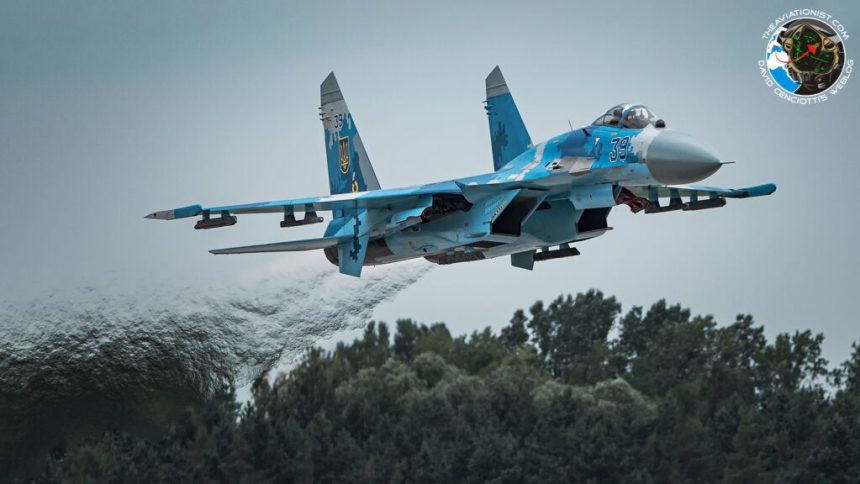Aerobaltic, in essence, consists of two parts: night and day portions. We’ve attended both and here are the highlights.
Last weekend we have attended the LOTOS Gdynia Aerobaltic 2019 air show organized at the Gdynia Babie Doły Airbase/Gdynia Kosakowo airport. Over the last 2 years (with the first edition organized back in 2017) the show has evolved from a beach night air show only into a large event with daytime and night displays, fully utilizing the available aviation infrastructure.
The daytime element of the show is organized at the Gdynia Kosakowo airport/Babie Doły Naval Aviation Base. The second part of the show, happening at night, takes place at the beach in Gdynia, over the water. While the former, daytime portion does not really differ from any other airshow, the latter is quite spectacular, with the displays involving numerous pyro and light elements that highlight the art of aerobatics at night.
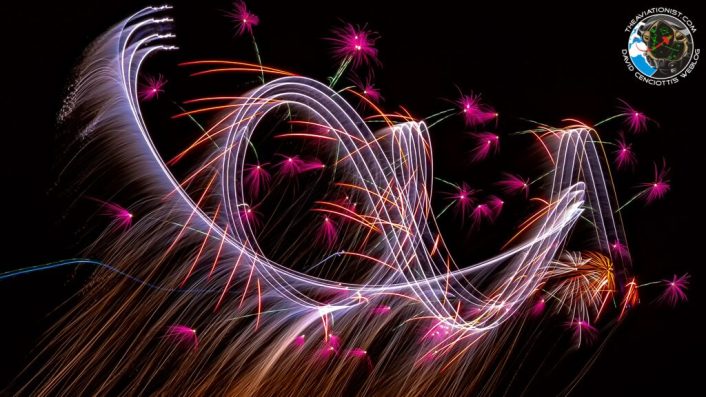
The static display at Kosakowo was also quite rich. Along with the Polish Naval Aviation helicopters, it included the Ukrainian Il-76 airlifter, USAF C-130, Ukrainian Su-27UB, the US Army Aviation AH-64 Apache and UH-60 Black Hawk helicopters. Undoubtedly, the primary highlight of the static display came in a form of a Ukrainian Su-24 Fencer that is quite a rarity at the western European air shows. We were in Gdynia since Thursday last week, to witness the Ukrainian arrival which, undoubtedly, was quite spectacular.
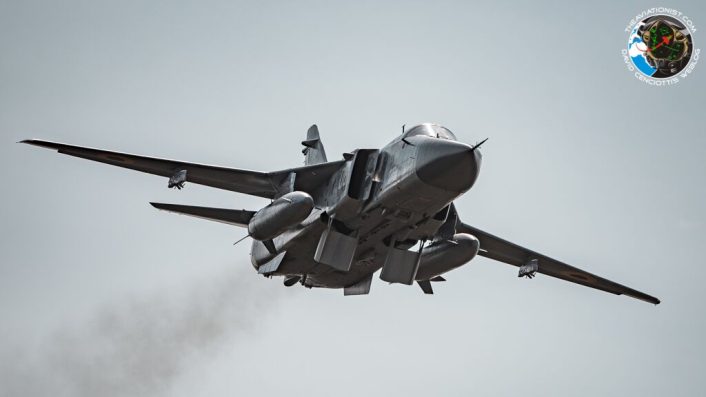
This year, the event broke the attendance record set two years ago, with 300,000 persons deciding to experience the show. It may be thus said that Aerobaltic 2019 is undoubtedly the largest air show organized in Poland in 2019. It attracted a varied crowd, ranging from the fans of military aviation to an average spectator, and everybody had something to choose from, in the very differentiated programme.
Some of the participants, including the Flying Dragons paraglider aerobatic team, AeroSparx team or Johan Gustafsson – a Swedish aerobatic/glider pilot – performed their programs both at Kosakowo, as well as during the night portion of the event, with the latter involving pyro element. One of the highlights of the night show was the TS-11 Iskra display duo with Artur Kielak flying his Xtreme Air XA-41. The Iskra had pyro element added to it too, launching sparks behind its wings.
S3 WAT parachute display team, Sky Magic, was performing its display at the beach and at the airfield. Unfortunately, on Saturday, one of the skydivers was injured and on that day the night show involved one less team member.
Among the highlights, one should emphasize the participation of the Saudi Arabia national aerobatic team, the Royal Saudi Air Force’s Saudi Hawks. The Saudi pilots performed their usual program, somehow reminiscent of the show by the RAF Red Arrows. Tight formations were a trademark of this display. However, the display line selected by the Saudi Hawks, some 100 meters further than the required minimum, made it very hard to appreciate the show, since it took place very far away from the audience. Notably, the Gdynia show was the only event in Europe attended by the Saudi national display team this year.
Another attraction was the race between Lamborghini Huracan and the TS-11 Iskra trainer belonging to the White-Red Wings Foundation. It also resulted in a spectacular low pass performed by the jet. On Sunday another race took place between Artur Kielak and a BMW M5. The show also had Jurgis Kairys perform his spectacular display in the Su-26. Thus, the program was varied, depending on the day.
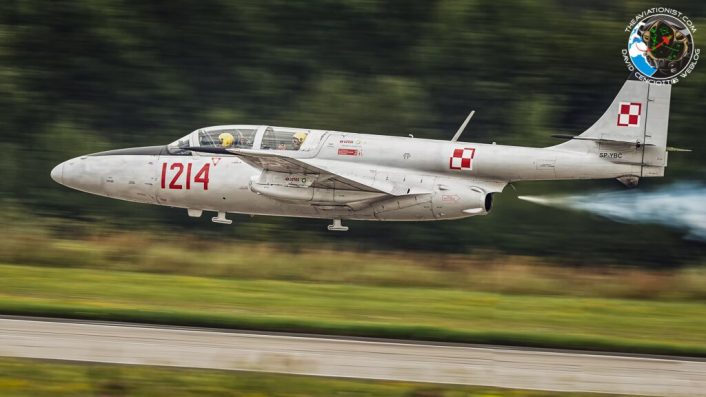
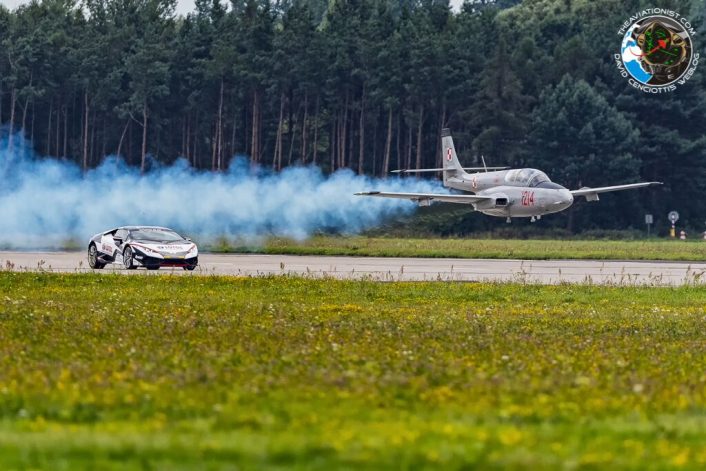
The above was also seen in other areas of the display.
The Hawker Hunter and the Saab Viggen of the Swedish Air Force Historic Flight were among the highlights of the “heavy metal” part of the show, however, the Viggen performed on Sunday, while the Hunter only flew on Saturday.
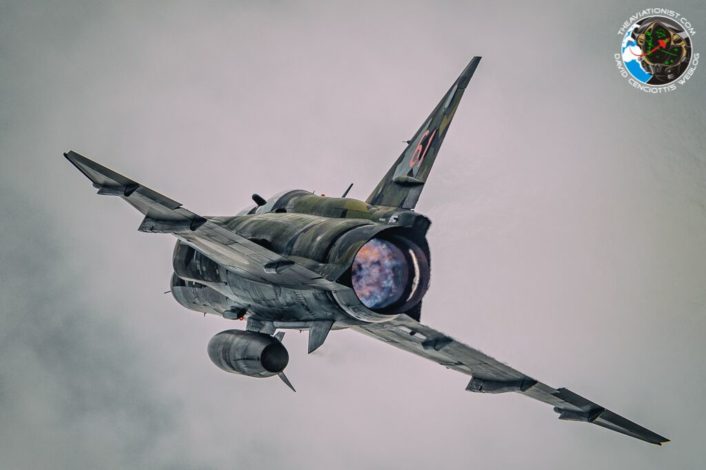
As outlined above, not only was the show attractive for the general crowd, as the fans of military aviation could also find something in the program – the Ukrainian Su-27 Flanker display was one of the highlights – even though the flying program presented by the Ukrainians is modest, the Gdynia display also involved the Flanker dispensing flares – which has been a rarity over the course of the current season, observing the Ukrainian attendance at other European Air Shows (Siauliai for instance.)
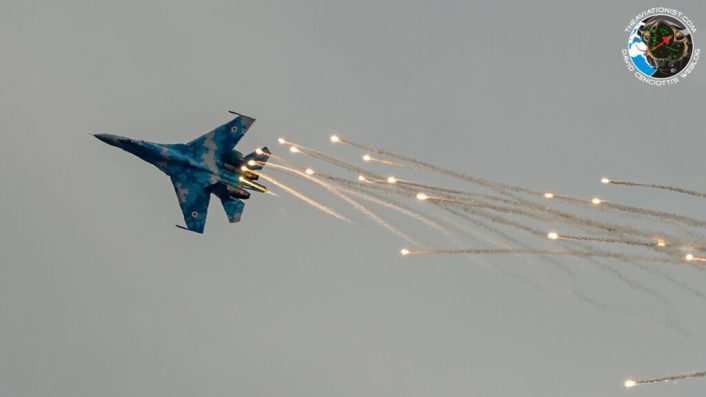
The Polish Air Force sent its Su-22 Fitter to Gdynia. The aircraft performs a solo display this year, instead of a traditional duo show. The organizers did announce that Fulcrum would also attend the show; unfortunately, the Polish MiG-29s are still grounded, and this is not going to change anytime soon (if ever, as the rumors suggest). Instead of the MiG-29, Polish Aerobatic Team Orlik perfromed two display programs – one regular program involving 4 aircraft and one display with Harvard trainers, which was an interesting formation, with 4 Orliks flying together with 2 Harvards.
The organizers were also inspired by the Oshkosh event in the US, as the show also involved a modest AT-3 fly-in. AT-3 is a Polish ultralight aircraft design. The aforesaid aircraft flew a formation flypast during the daytime portion of the event.
One of the unusual elements also came in a form of a UAV display – WB Group’s FT-5 Łoś and FlyEye systems were demonstrated in Gdynia. Does it mean that we’re witnessing the end of the manned aircraft air shows? Let’s hope this is not the case.
Alongside Johan Gustafsson and AeroSPARX, the night/beach element of the show also involved a SAR role demo display by the W-3 Anakonda helicopter of the Polish Navy (the very same display took place at Kosakowo, but on land – in case of the beach show, the rescued person was recovered from the water). The night show also had an audiovisual show within the program that seemed to be an odd element that should have been left out – a break would work better instead.
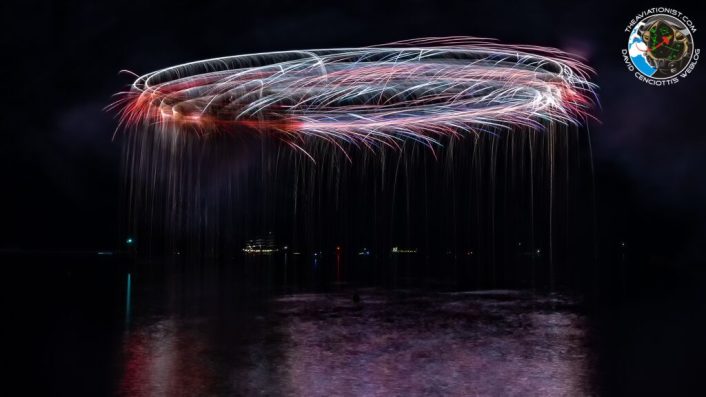
However rich the program was, the opinion of air show audience regulars was a bit bitter – most of the people we’ve talked to noticed that the Aerobaltic event has become very much commercialized in its nature, lacking a bit of soul and passion. Many ads obscured the view of the runway, along with a VIP stand. Being a big event, it is hard to create an atmosphere of intimacy, such as the one that we could have witnessed back in 2016, during the show in Leszno, by which the Aerobaltic event has been probably inspired, at least to some extent.
It is hard not to compare the Gdynia show to the event in Leszno, since its profile is very much similar. And Leszno constitutes a benchmark in the category of night air shows.
Maybe the next year edition would bring back the passion and magic that is so desirable in case of air shows as such. Let us hope so, and we’re holding our fingers crossed – the Gdynia event has some potential, undoubtedly.

